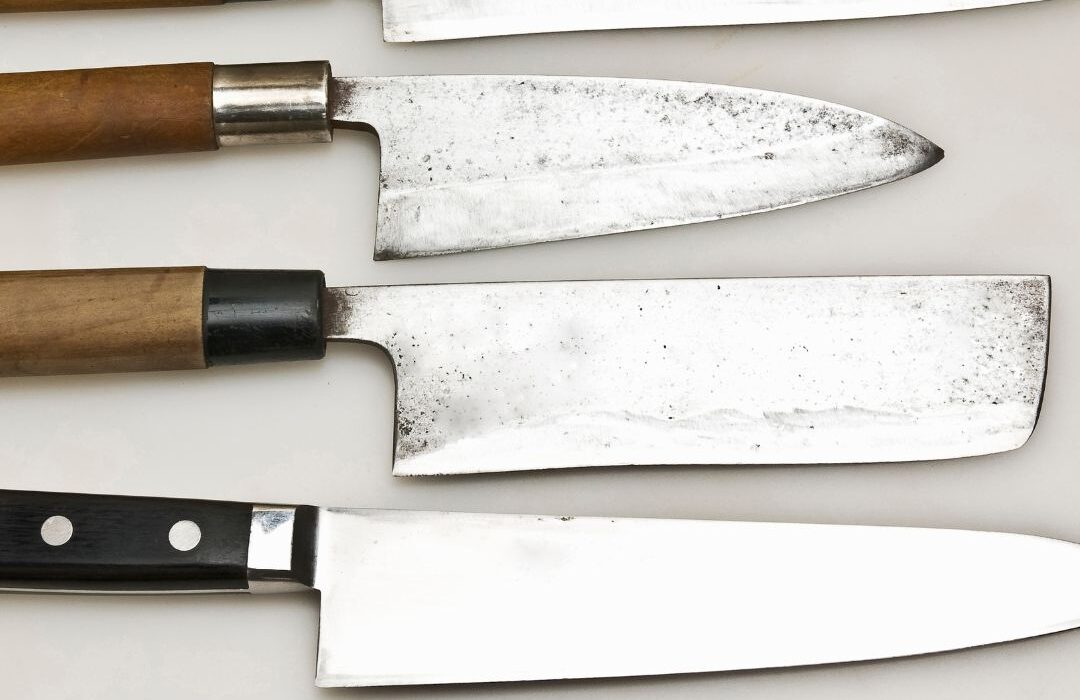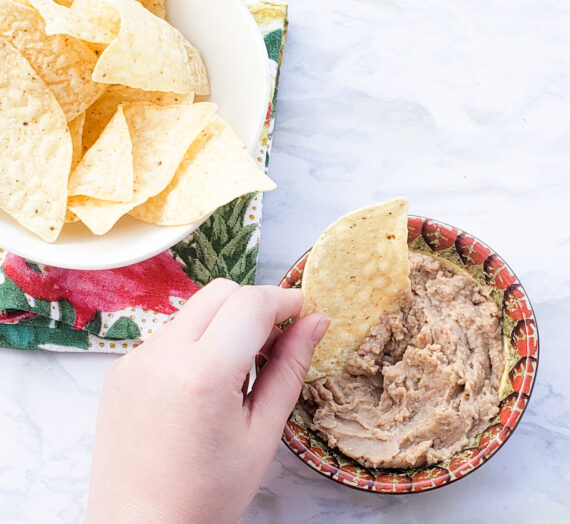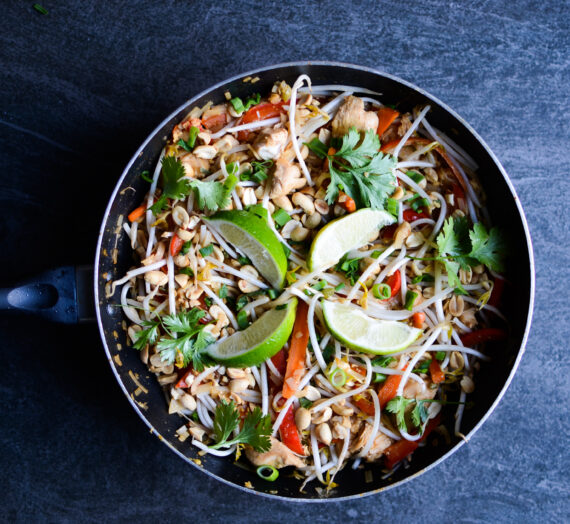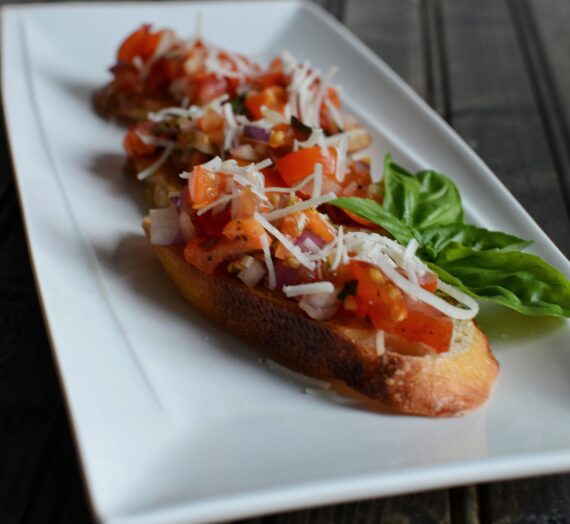The kitchen is the heart of every home. Whether you’re a culinary connoisseur or a novice cook, one thing remains true – the kitchen is where food is made, drinks are had, and everyone seems to end up during your planned party. But behind every successful dish made in the kitchen lies a secret weapon: kitchen tools. And among these tools, there’s one unsung hero that deserves the spotlight: kitchen knives. Let’s dive in on how to choose and store your knives.
*This blog post contains affiliate links*
From slicing onions to julienning carrots, dicing tomatoes, and deboning chicken to preparing that cocktail garnish, a good quality knife is your trusty sidekick regarding kitchen tools.
So, why all the fuss about how to choose and store your knives? Imagine trying to dice a ripe tomato with a dull, flimsy blade – it’s a recipe for disaster for your fingers and the tomato. But with a sharp, sturdy knife in hand, you’ll slice through ingredients like a seasoned chef, saving both time and sanity. But hold onto your chopping boards. Investing in quality knives is just the beginning. Like any tool, they require care and maintenance to keep them in tip-top shape. It’s time to share some of my knife tips on picking the right one for your cooking style and how to take care of them properly!
Precision and Efficiency: One of the most significant benefits of investing in a good quality knife is the precision and efficiency it brings to your kitchen endeavours. Think of it like this: you’re preparing a delicate chiffonade of basil for your homemade pasta sauce. You’ll struggle to achieve clean, uniform slices with a dull, subpar knife, resulting in bruised herbs and a less-than-perfect garnish. However, with a sharp knife, you’ll slice through the basil easily. Not only does this save you time and effort, but it also ensures that your ingredients are prepared with the utmost care, enhancing your dish’s overall flavour and presentation.
Safety and Control: Another invaluable benefit of good quality knives is the enhanced safety and control they provide in the kitchen. Let’s face it – chopping, slicing, and dicing can be hazardous, especially when dealing with sharp objects. However, with a properly balanced and well-maintained knife, you’ll feel more confident and in control of your movements, reducing the risk of accidents and injuries. Whether you’re mincing garlic or filleting fish, a good sharp knife allows you to tackle each task, giving you the peace of mind to focus on cooking without the fear of slips or mishaps.
Choosing and Storing Your Knives:
How do I Choose the right knife?
Choosing the right knife requires careful consideration and understanding of your needs and preferences. Selecting the right tool can feel overwhelming, with a million options available, ranging from chefs to paring knives and santokus to serrated blades. However, there are a few key factors to keep in mind when making your decision. First, consider the tasks you most frequently undertake in the kitchen. Are you a master of intricate vegetable carvings, or do you prefer to focus on hearty roasts and thick cuts of meat? Understanding your cooking style and preferences will help guide you toward the knife that best suits your needs. Additionally, consider the knife’s size and weight, ensuring it feels comfortable and balanced. Ultimately, the right knife for you feels like an extension of you.
I personally like to use two knives: a pairing knife and a chef’s knife. Since I have smaller hands, I lean more towards shorter and lighter knives, and I am a sucker for Japanese knives.
Japanese knives are forged from high-quality steel, often incorporating layers of different metals to create a strong and resilient blade. The steel used for these knives is made to be easily sharpened and retain a long-lasting edge and is crafted to have an unparalleled sharp, fine blade as traditional Japanese cuisine demands attention to detail.
My favourite chef knife is Shun Chef’s 6-inch knife, and my favourite pairing knife is the 4-inch Shun Classic Paring Knife. (Affiliate links). I use a basic sleeve like this one.
How to Properly Store your Knives:
Properly storing your knives is essential not only for maintaining their sharpness and edge but also for ensuring safety in the kitchen. There are several key considerations to keep in mind when it comes to knife storage.
It’s crucial to protect the sharp edge of your knives from damage and dulling, or you will be sharpening and honing your knife all the time, which is a lot of work. One of the most common and recommended methods of storing knives is using a knife block. Knife blocks are designed with slots of varying sizes to accommodate different types and sizes of knives, keeping them neatly organized and easily accessible. When storing knives in a block, it’s important to ensure that the blades are inserted into the slots to prevent any accidental cuts or damage to the edge.
Another popular option for knife storage is a magnetic strip. Magnetic strips are mounted on the wall or inside a cabinet, allowing you to hang your knives vertically with the blade facing downward. This keeps your knives within reach and showcases them as a stylish and functional kitchen accessory. This is an excellent option if you have limited counter and drawer space.
A knife drawer insert or tray can be a practical solution for those with limited counter or wall space. These inserts are designed to fit inside standard kitchen drawers and feature slots or compartments for organizing and safely storing your knives. When using a drawer insert, it’s important to avoid overcrowding the knives to prevent them from rubbing against each other and dulling the blades. Additionally, consider using blade guards or sheaths to provide extra protection for the knives stored in a drawer.
At the end of the day, having the right knife and taking care of it will make all the difference in your kitchen adventures. Make sure you pick one that you like and are happy with, and it will last you a lifetime!




